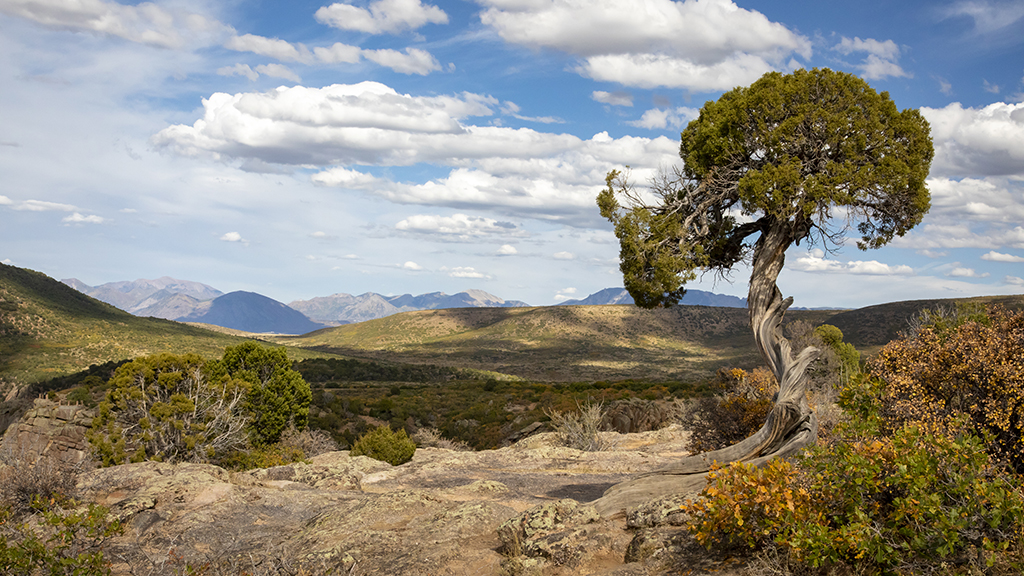Abstract
In this interrupted case study, students explore how changing climate may affect cone production in pinyon pine (Pinus edulis). Students begin by learning about mast seeding, a common reproductive strategy among many perennial plant species, and why mast seeding is often correlated with certain climatic variables. Students then work in small groups to develop hypotheses of how recent changes in climate may affect cone production and design an experiment to test their hypotheses. Students are then given data from a study that examines the effects of recent changes in climate on cone production, and they then work together in their small groups to interpret the data, understand the limitations of the study, and draw appropriate conclusions. This process teaches students about the scientific method, the complexity involved in interpreting data, and the potential mechanisms of how climate change may affect reproduction in pinyon pine. This case study is appropriate for a variety of undergraduate courses, including, plant ecology, population and community ecology, and general ecology.



